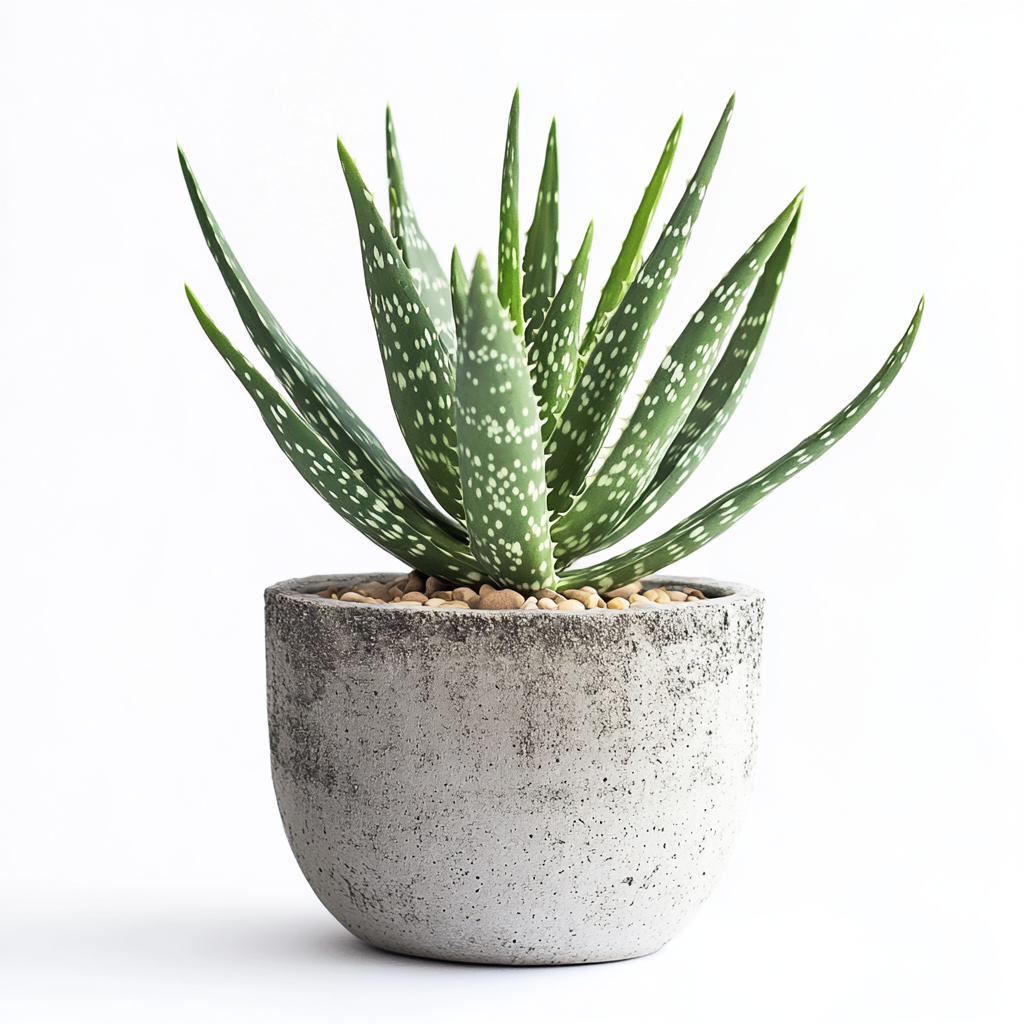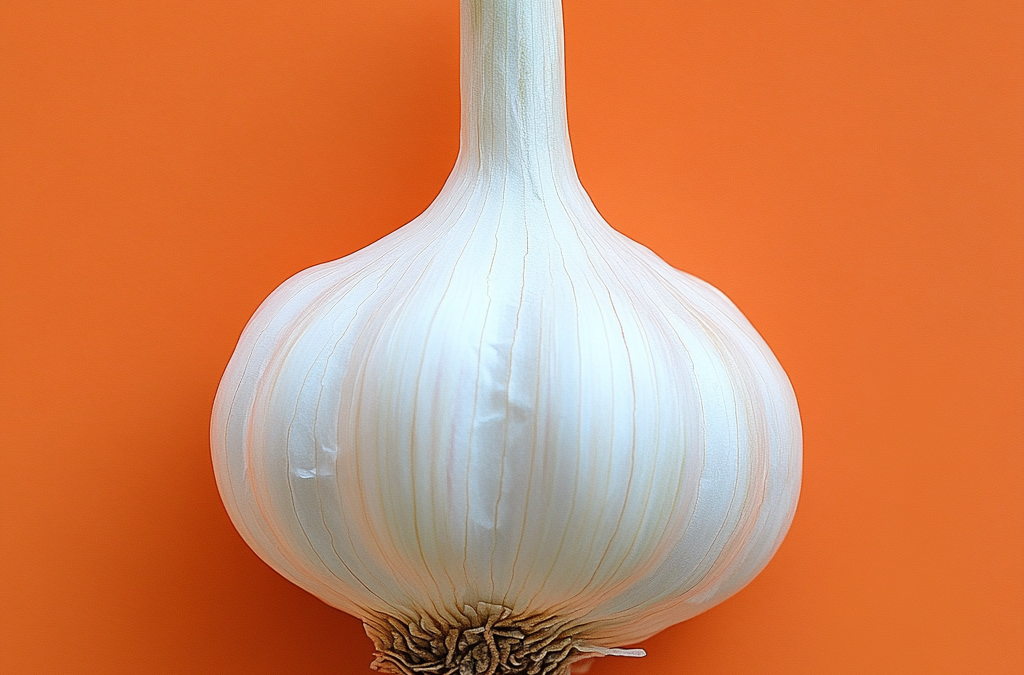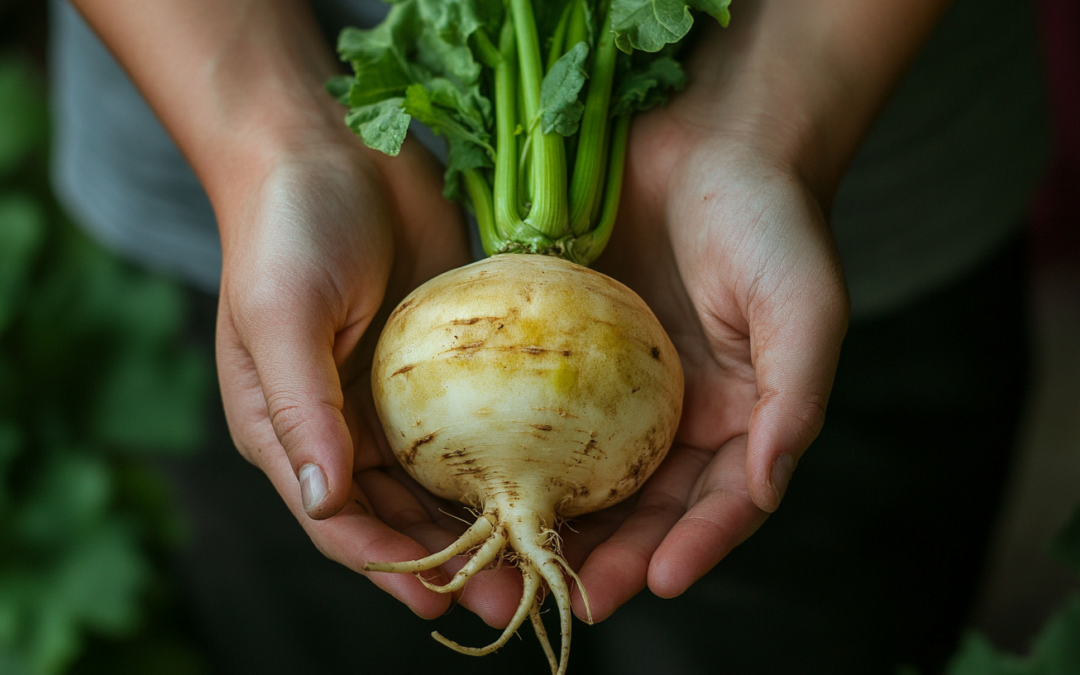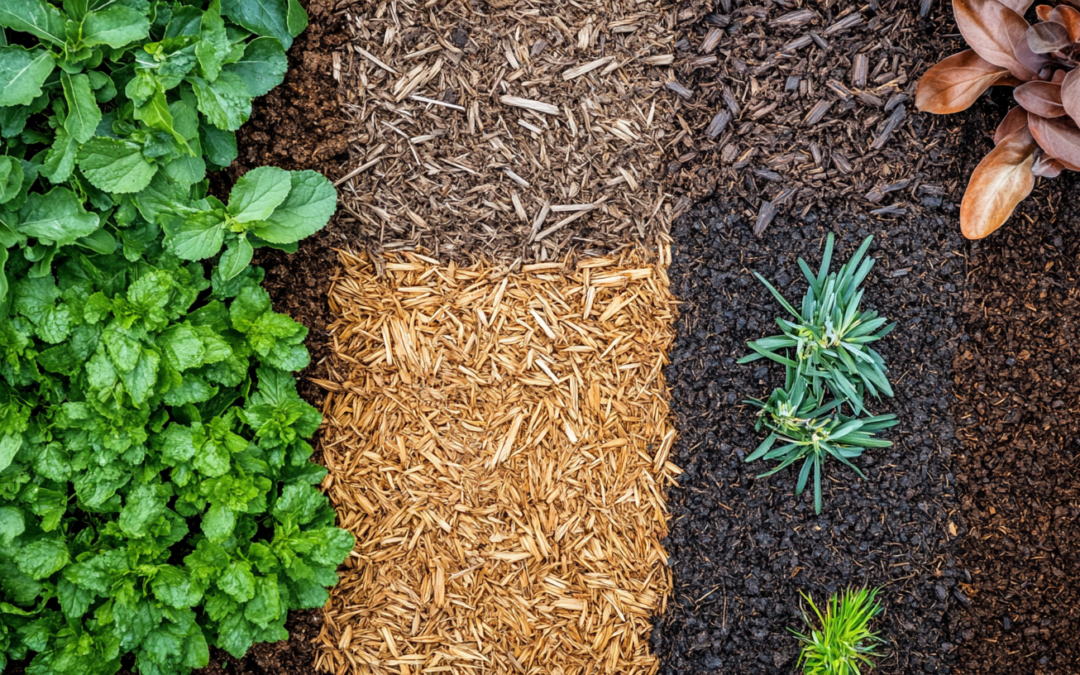Common Name: Aloe Vera
Scientific Name: Aloe barbadensis miller
Family: Asphodelaceae
Overview:
Aloe Vera is a succulent plant known for its medicinal properties and striking appearance. This easy-to-care-for plant has thick, fleshy leaves that store water, making it drought-tolerant and low-maintenance. Aloe Vera is not only valued for its soothing gel, which is commonly used in skincare and healing, but it also makes a beautiful and hardy addition to any indoor plant collection.
Appearance:
Aloe Vera has long, spiky leaves that are typically a soft green color, although some varieties can take on a bluish or grayish hue. The leaves are fleshy and thick, with serrated edges. When in bloom, Aloe Vera produces a tall flower spike with tubular yellow or orange flowers, although this is rare in indoor environments.
Care Tips:
- Light: Aloe Vera thrives in bright, indirect light but can tolerate some direct sunlight. Too much direct sunlight can cause the leaves to burn, while too little light can lead to leggy growth. A south or west-facing windowsill is ideal.
- Watering: Aloe Vera is a drought-tolerant plant, so it’s important to let the soil dry out completely between waterings. Water thoroughly but infrequently, ensuring that the pot has good drainage to prevent root rot. During the winter months, reduce watering as the plant enters a dormant period.
- Soil: Well-draining, sandy or cactus-specific potting soil works best for Aloe Vera. You can mix in some perlite or pumice to ensure good drainage.
- Temperature: Aloe Vera prefers warm temperatures between 59°F (15°C) and 77°F (25°C). Avoid placing it in areas where temperatures drop below 50°F (10°C).
- Humidity: Aloe Vera doesn’t require high humidity and can thrive in average indoor conditions.
Benefits:
Aloe Vera is well-known for its therapeutic properties, especially its soothing gel, which can be used to treat burns, cuts, and skin irritations. The gel also has moisturizing properties, making it a common ingredient in skincare products. Beyond its health benefits, Aloe Vera is also an air-purifying plant, helping to remove toxins from the air and improve overall indoor air quality.
Propagation:
Aloe Vera is easy to propagate through offsets, or “pups,” which grow at the base of the plant. To propagate, gently remove the pup from the main plant and allow it to dry for a few days to form a callus. Once dried, plant it in well-draining soil and water sparingly until it establishes roots.
Fun Facts:
- Aloe Vera has been used for thousands of years in traditional medicine, dating back to ancient Egypt, where it was known as the “plant of immortality.”
- It’s a great plant for beginners due to its minimal care requirements and resilience to neglect.
- Aloe Vera is considered a symbol of healing and protection in many cultures.
Conclusion:
Whether you’re using it for its soothing gel or simply enjoying its beauty, Aloe Vera is a fantastic plant to have in your home. It’s easy to care for, versatile, and offers numerous benefits, making it a perfect addition to any indoor plant collection.



